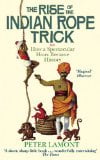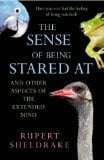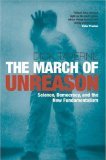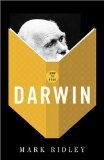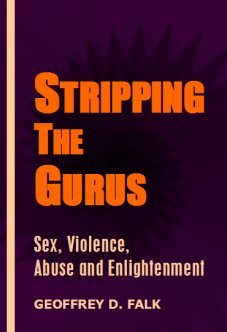 Stripping the Gurus: Sex, Violence, Abuse and Enlightenment
Stripping the Gurus: Sex, Violence, Abuse and Enlightenment
by Geoffrey D. Falk
Million Monkeys Press, Cdn$7.95 (pdf from < http://www.strippingthegurus.com>), ISBN 0-9736203-3-1
In some 650 pages the author strips contemporary spiritual leaders of their aura of mystery, holiness, and mastery. Most of the individuals to whom he devotes a chapter promote eastern religions. Some are famous, like Maharishi Mahesh Yogi or Bhagwan Sri Rajneesh; others I have never heard of, e.g. Swami Sachidananda, even though he ministered to the original Woodstock music festival. Some operate only in Asia, e.g. Sai Baba.
The author’s debunking extends from the Roman Catholic Church, to L. Ron Hubbard of Scientology, Werner Erhard of est, the Findhorn community in Scotland, and the Anthroposophy cult of Rudolf Steiner. We learn something about the historic spread of eastern religions but Falk concentrates on the sins of the saintly spiritual leaders, the clay feet of the holy men who rarely live up to the body mastery and otherworldliness they lay claim to. He discloses the extensive devotion to the use of alcohol and other drugs among ashram leaders, and the emotional, physical and sexual abuses and beatings suffered by the recalcitrant from persons neither impotent nor omnipotent, yet claiming to be one with God.
Followers who remain devoted to a guru generally don’t wish to learn about the claims of his accusers. They will charge that there is a conspiracy afoot to darken the guru’s name and spiritual efforts, and may compare his case to the persecution suffered by historic leaders like Christ or Mohammed.
The book reads as if the author had spilled his thoughts from an overflowing basket. His style uses one direct quotation after another, generally several to each page. This makes it difficult to read and to get a clear understanding of his line of thought. Perhaps the best use of this book is as a reference. Journalists, editors and other researchers who need to know “the dirt” on a guru – material not likely to appear in biography or official handout – will want to have this book on their shelves.
Wolf Roder

